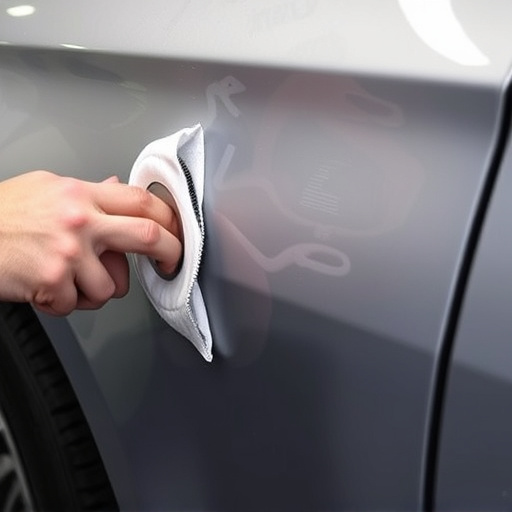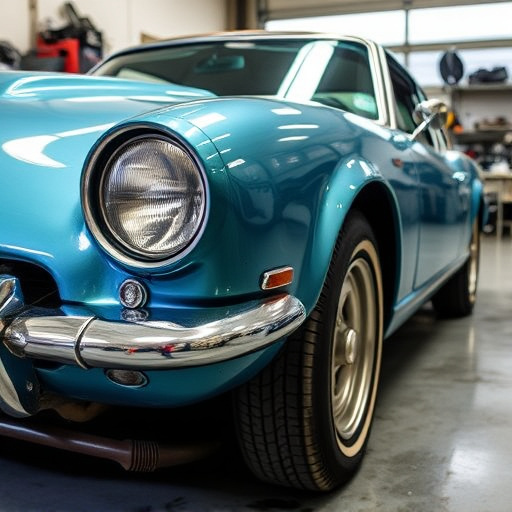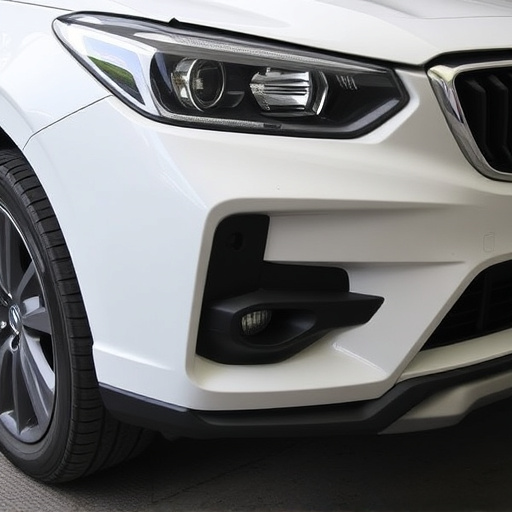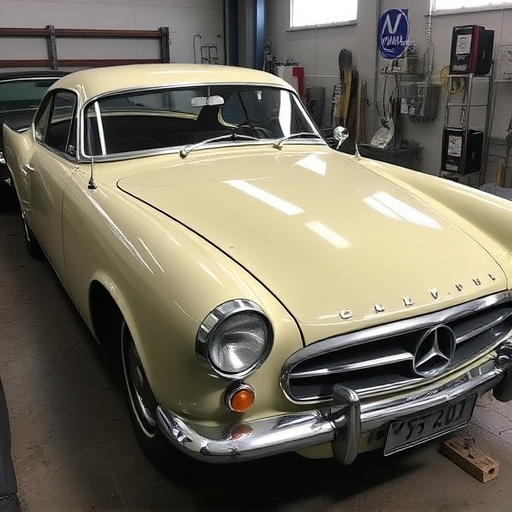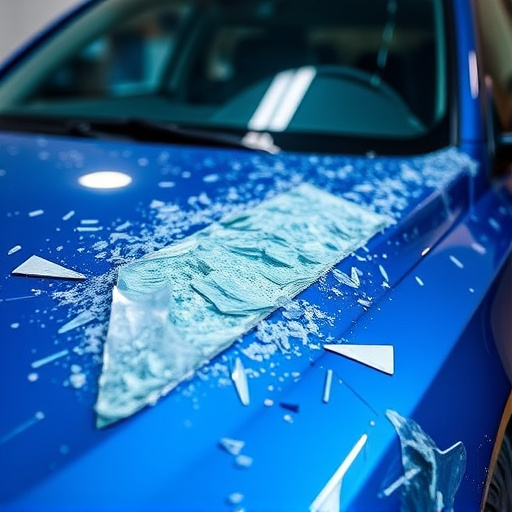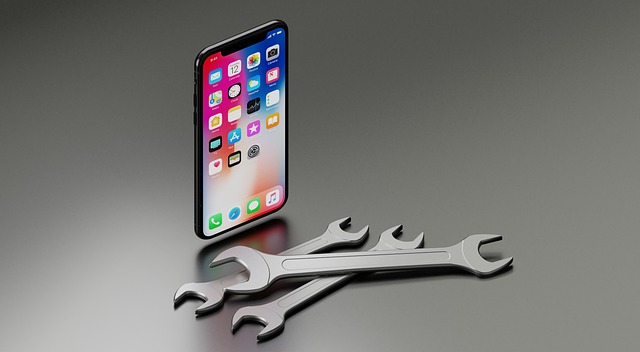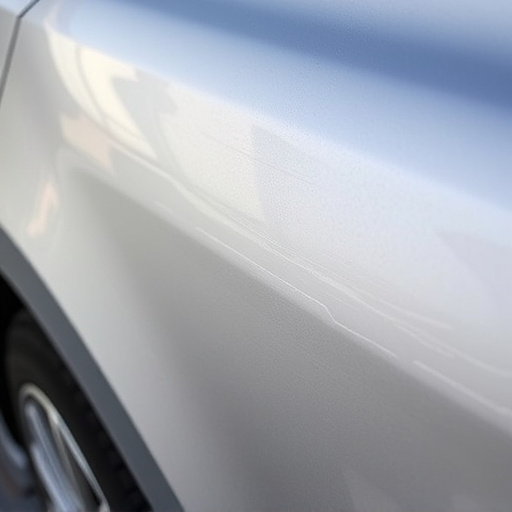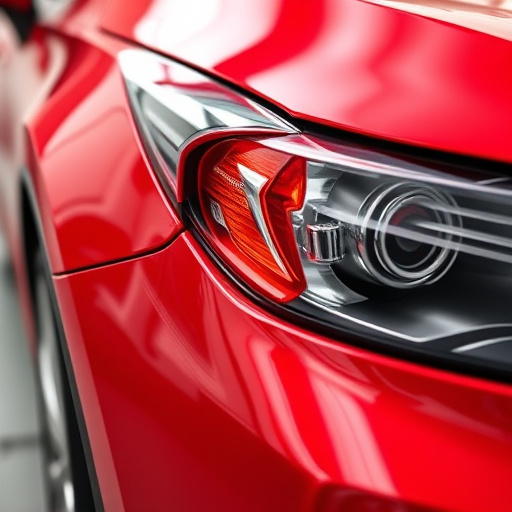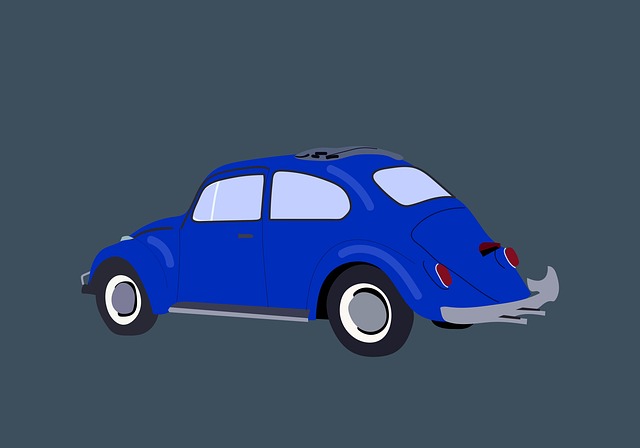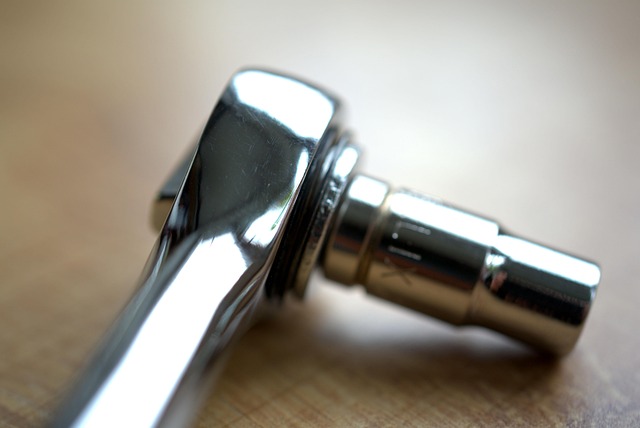Advanced technologies like 3D printing and digital design tools are revolutionizing the manufacturing of aftermarket collision parts, enhancing quality, affordability, and safety. These innovations streamline auto repair processes, prioritize sustainability with eco-friendly materials, and ensure precise replication of original equipment manufacturer (OEM) parts, ultimately boosting customer satisfaction in a dynamic industry.
The aftermarket collision parts industry is experiencing a wave of innovation, revolutionizing how vehicles are repaired and enhancing safety, performance, and sustainability. Advancements in technology are driving manufacturing processes, enabling precise and efficient production of high-quality parts. Design innovations focus on improving vehicle dynamics and reducing weight, boosting overall performance. Furthermore, there’s a growing trend towards sustainable collision parts, with eco-friendly materials and recycling techniques at the forefront. This article explores these exciting developments in depth.
- Advancing Technology in Aftermarket Parts Manufacturing
- Design Innovations for Better Vehicle Safety and Performance
- Sustainability Focused Collision Parts: The New Trend
Advancing Technology in Aftermarket Parts Manufacturing

The advancement of technology is revolutionizing the landscape of aftermarket collision parts manufacturing. Modern advancements such as 3D printing and advanced materials are enabling more precise and complex part designs, enhancing both performance and durability. These innovations not only cater to the growing demand for high-quality, cost-effective aftermarket collision parts but also play a crucial role in expediting the auto maintenance and dent repair processes.
Additionally, the integration of digital design tools and sophisticated simulation software allows manufacturers to streamline the development cycle, ensuring that every component meets stringent safety standards. As technology continues to evolve, the future of vehicle repair services looks promising, with more innovative solutions expected to emerge, further optimizing the process and enhancing customer satisfaction in the aftermarket collision parts industry.
Design Innovations for Better Vehicle Safety and Performance

The design innovations in aftermarket collision parts are revolutionizing vehicle safety and performance. Modern technologies like advanced materials science and computer-aided design (CAD) enable engineers to create lighter, stronger, and more precise components. This reduction in weight improves fuel efficiency while enhanced structural integrity boosts overall vehicle safety, a critical aspect for any car restoration or auto body services. CAD modeling allows for intricate designs that perfectly mimic the original equipment manufacturer (OEM) parts, ensuring optimal fit and function during collision repair center operations.
These advancements not only contribute to better road safety but also enhance the aesthetic appeal of vehicles post-repair. With precise manufacturing techniques, aftermarket collision parts can be tailored to meet specific performance standards, allowing collision repair centers to offer top-tier car restoration services. This blend of innovation and precision ensures that vehicles return to their pre-accident condition or even surpass it in terms of both safety and style.
Sustainability Focused Collision Parts: The New Trend

In the realm of aftermarket collision parts, a notable trend is emerging: sustainability. As environmental consciousness grows, manufacturers and suppliers are shifting their focus to creating eco-friendly alternatives for car dent removal and vehicle dent repair. This shift is not just about aesthetics; it’s a response to the industry’s significant carbon footprint, primarily from traditional materials and manufacturing processes.
The latest innovations involve using recycled and biodegradable materials in the design of aftermarket collision parts. Some leading collision repair centers are even adopting 3D printing technologies for custom parts fabrication, minimizing waste and energy consumption. This sustainability-focused approach not only aligns with global green initiatives but also promises to reduce costs for both consumers and businesses in the long run, making collision repair more efficient and environmentally responsible while still ensuring top-notch quality in vehicle dent repair.
The evolution of aftermarket collision parts manufacturing is reshaping the automotive industry. Advancements in technology, a relentless pursuit of better safety and performance, and a growing sustainability focus are driving innovation. These trends not only ensure higher-quality, more reliable replacement parts but also contribute to environmental stewardship while enhancing vehicle safety and performance for all road users.




